
Write what you are looking for and press enter to begin your search!

Live News
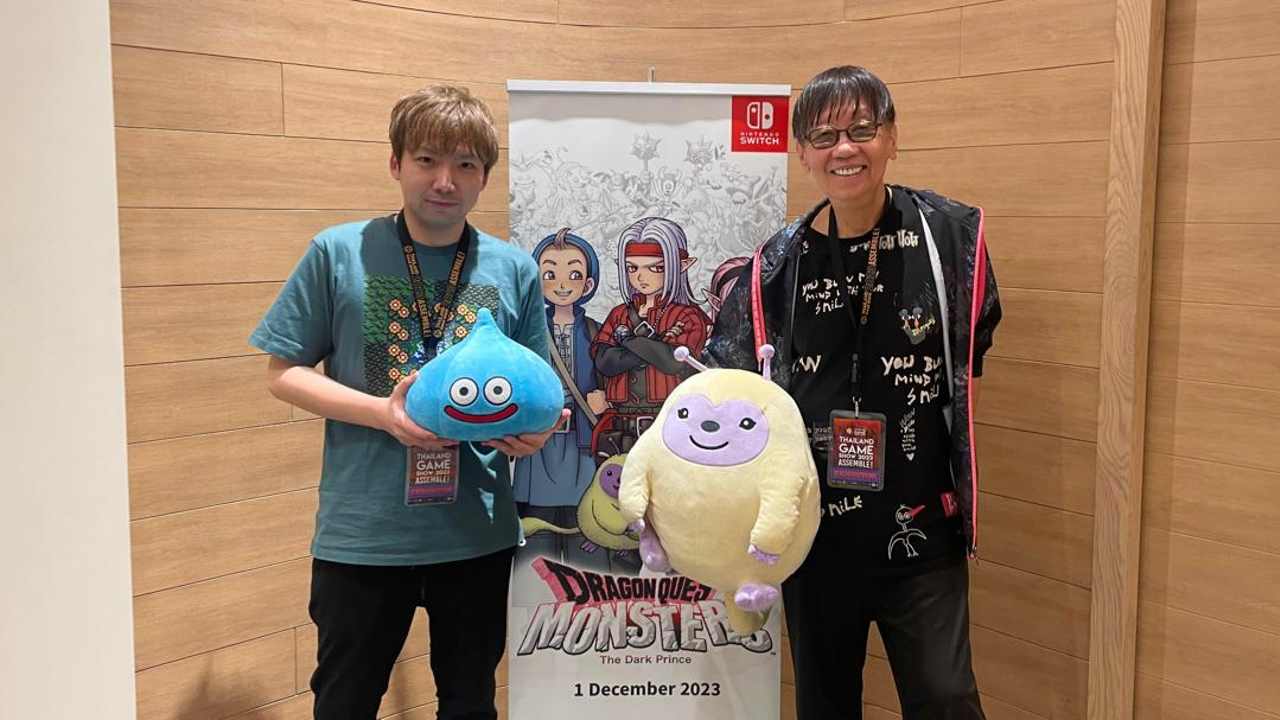

Inside Dragon Quest Monsters: The Dark Prince – A Conversational With Yuji Horii & Kento Yokota
 ">
">
By Lewis "lickety" Larcombe|November 4, 2023|0 Comment
Delving into the vibrant world of Dragon Quest Monsters: The Dark Prince, our exclusive series of interviews conducted at the Thailand Game Show culminates with a highly anticipated conversation. Courtesy of Bandai Namco, we had the privilege to sit down with the visionary minds behind this captivating game—producer Kento Yokota and director Yuji Horii. Exploring their insights and creative process, they shed light on the unique elements that shape this chapter in the illustrious Dragon Quest series.
They delve into key elements of Dragon Quest Monsters: The Dark Prince, unveiling details about Psaro’s selection as the protagonist, the game’s distinctiveness, challenges in game design, the shift to Nintendo Switch, the monster creation process, and the game’s design philosophy in the Dragon Quest series.
This interview has been edited for clarity.

Horii: There are specific reasons behind selecting Psaro the Manslayer as the main character. As some may know, he’s the antagonist from Dragon Quest IV. His unique identity as a demon and heir to the demon kingdom made him an intriguing choice. So we saw the opportunity for a refreshing shift by casting a demon as the lead character.
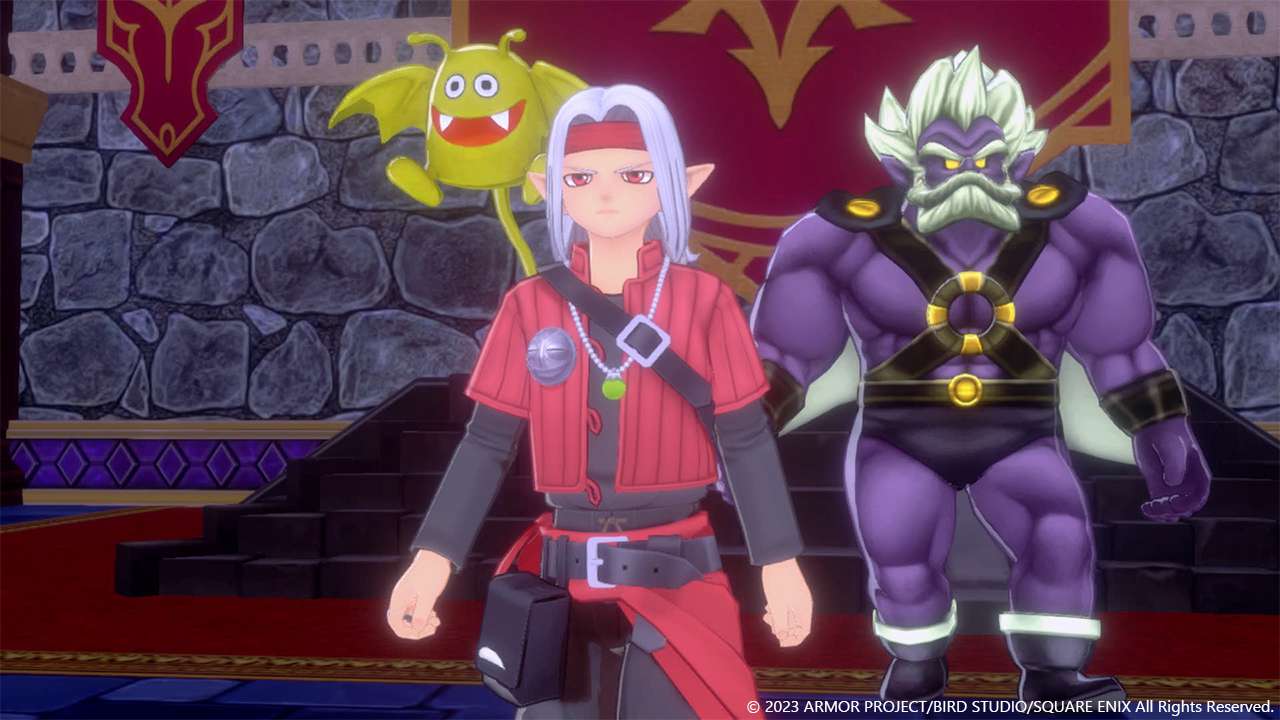
Horii: Dragon Quest Monsters: The Dark Prince stands out in several ways compared to other titles in the series. The protagonist’s journey as a hero, growing stronger while combating demons, forms the central standout element. The game emphasizes the hero’s progression, drawing strength through prayers and advancing through stages.
The Monster City, a core aspect of the story, introduces a distinct gameplay mechanic. Unlike prior games, it’s not solely about individual combat; instead, players assemble teams of monsters, capturing and strengthening them for battles. While the storyline might echo previous games, the game significantly evolves the Monster City’s systems.
One notable addition is the Evo system, a fresh feature that allows monsters to combine, creating new, more powerful creatures. Implementing this system was a considerable challenge for the development team but it added depth and complexity to gameplay.
Furthermore, the choice of Psaro as the main character, originating from Dragon Quest 4, contributes significantly to the game’s compelling narrative, connecting and expanding the story across different titles.
Yokota: In summary, Dragon Quest Monsters: The Dark Prince distinguishes itself by emphasizing the hero’s journey, innovating in the Monster City mechanics, introducing the Evo system, and interweaving a compelling narrative from previous titles to create a richer, more engaging story.

Yokota: The game reaches a conclusion midway through the storyline. Within the same playthrough, players can continue collecting monsters extensively, with some amassing over 500 monsters and investing around 100 hours in gameplay. However, acquiring all monsters within a single playthrough is a lengthy endeavour, offering the option to enjoy the game without completing the entire collection. The main storyline does conclude at a certain point.
Upon reaching the initial story conclusion, players can persist in collecting monsters. To collect the entire roster, a significant commitment of approximately 100 hours is necessary. While this challenge appeals to many players, it’s not mandatory for the main storyline’s conclusion, which doesn’t demand an extensive time investment. The main story’s conclusion allows for endless continuation beyond this point.
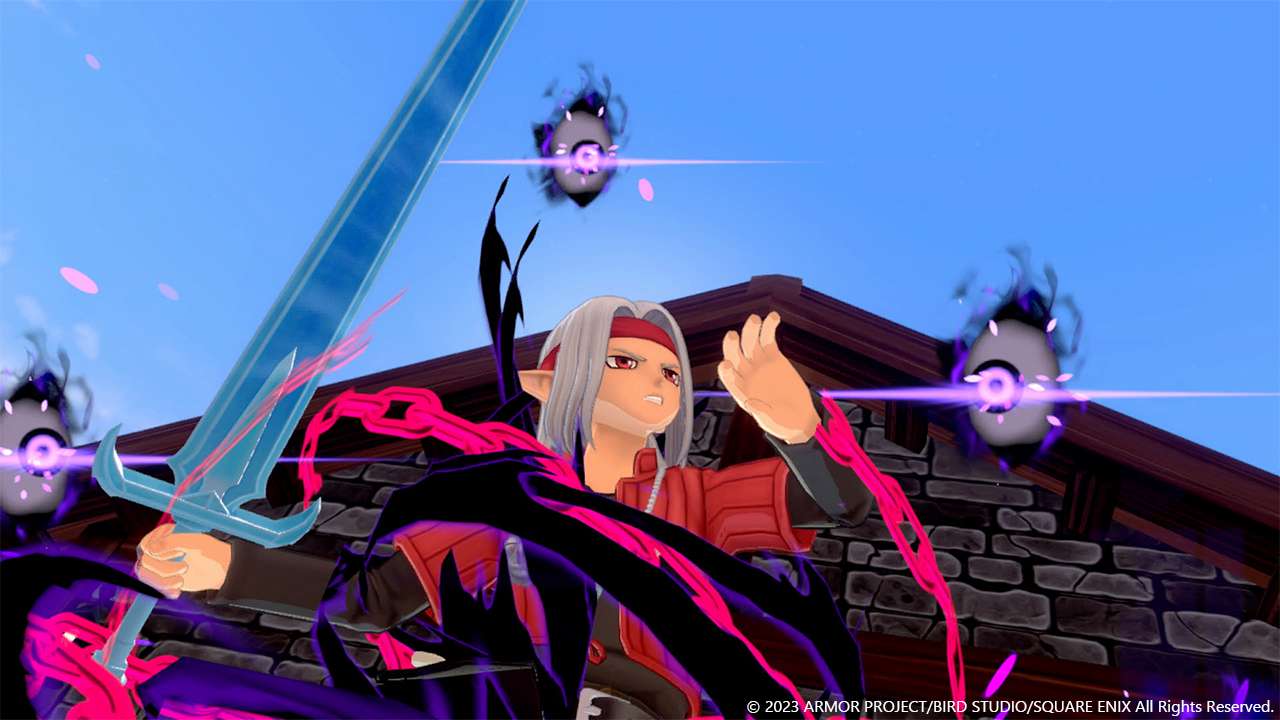
Yokota: It’s a challenging balancing act. Our primary goal is to remain true to the core essence of Dragon Quest Monsters. To achieve this, we regularly consult with Horii-san. Typically, when we contemplate introducing innovations, we brainstorm ideas and present them to Horii-san. He grants approval if it aligns with his vision for the game. Whether it’s a new system, area, or component, we always seek Horii-san’s guidance to ensure it harmonizes with the game’s intended direction.
Horii: When creating games, I prioritize three essential aspects. First is clarity—ensuring the game is easy to comprehend. Second is engagement—how well the game captivates the player. And lastly, I emphasize the comfort experienced while playing. My goal is to create a world that feels as inviting as possible. These three principles have always guided my approach in developing the Dragon Quest series. Then, during the game development process, there are three points I emphasize: ease of understanding, elements for newcomers, and aspects that spark interest.

Horii: Yes, indeed. Dragon Quest Monsters: The Dark Prince offers an accessible entry point for newcomers. If we take Dragon Quest IV as an example, the main character is a demon prince with a romantic interest named Rosalee. Starting with ‘Dark Prince’ can be an enjoyable way to dive into the series.
For those unfamiliar with the broader Dragon Quest narrative, beginning with Dragon Quest Monsters: The Dark Prince serves as a foundational introduction to the main storyline as it takes place during the events of Dragon Quest IV, just from Psaro’s perspective. We believe that players can get entangled in the narrative of this game that they may want to explore Dragon Quest IV and in doing so, the rest of the franchise.
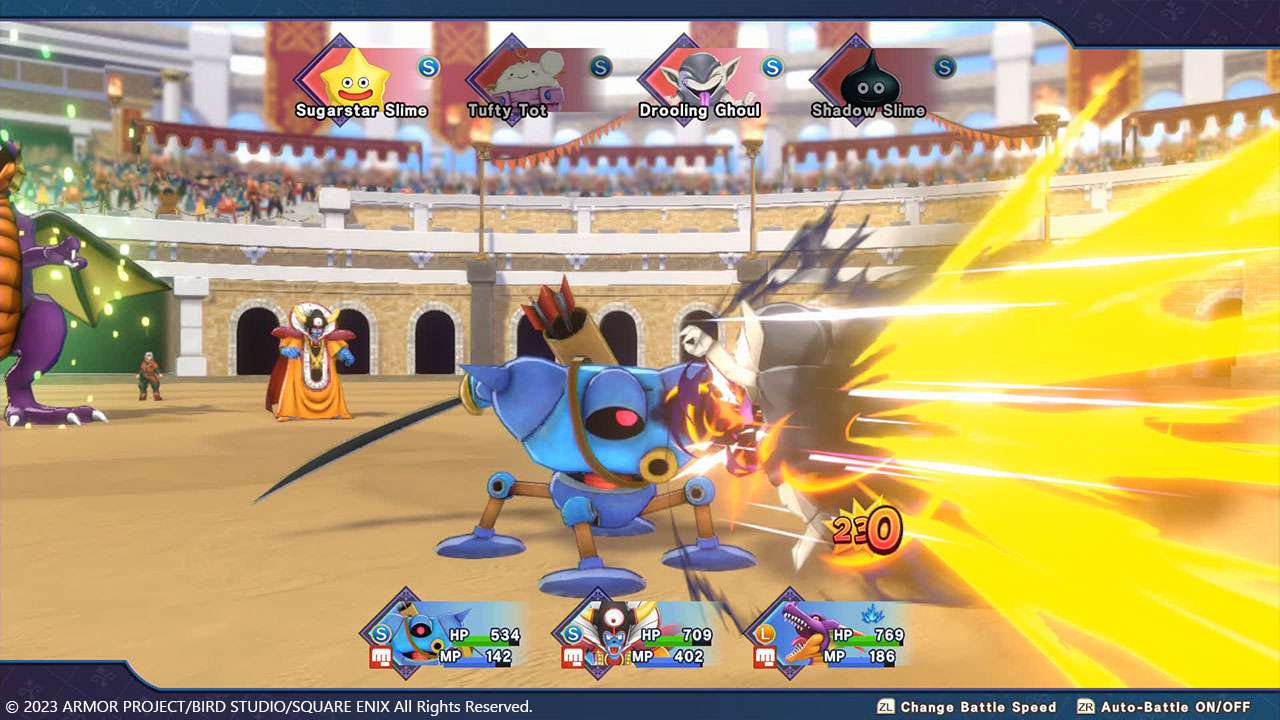
Yokota: The move to the Nintendo Switch presented the challenge of condensing the gameplay onto a single screen, which has historically utilized dual screens. We’ve had to reconfigure the information, screen layouts, and user interface from the two-screen setup to fit seamlessly onto one screen. This process involved significant adjustments to enhance visibility and ease of use. It was a demanding task to merge the functionality of two monitors into a single platform, prompting substantial layout modifications.
The team had to redesign the interface, streamlining the previous dual-screen setup specific to Dragon Quest for a more player-friendly experience on a single monitor. This transition aimed to ensure smoother gameplay and better accessibility for players on the new platform.

Horii: The essence of the Dragon Quest series resides not just in the gameplay but in the monsters themselves. Initially, I crafted the concept for the monsters and collaborated with Akira Toriyama to bring them to life. This process laid the foundation for the creation of the current Dragon Quest monsters.
Yokota: Whenever we devise a new monster, it’s a collaborative effort where we consistently consult with Horii-san to ensure the monster’s name and design align seamlessly with the essence of the DQ series.
Horii: Each monster possesses unique characteristics, such as strength, HP, and spell abilities. When combining these traits, we draw upon their skills, determining which abilities to incorporate into the synthesized monster. This process involves both designing the monster and its associated skills. Collaboratively, you can forge powerful monsters by merging these distinct traits and strengths.
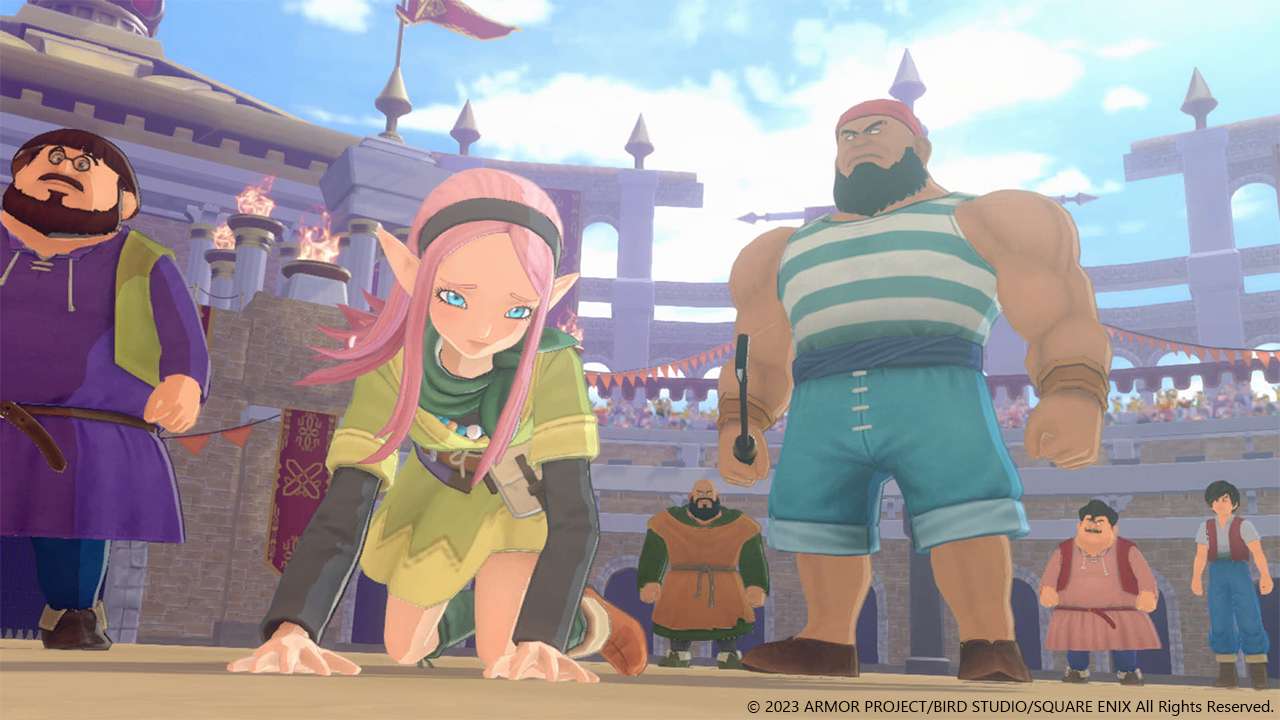
Yokota: The story draws a strong parallel to the classic Dragon Quest narrative, evoking a sense of nostalgia for fans. While the heroes embark on their adventure, their boisterous nature mirrors the essence of the series. Notably, ‘Dark Prince’ takes a unique approach by placing Psaro, originally an antagonist in Dragon Quest IV, as the protagonist engaged in different activities. This reversal of roles adds an intriguing layer, particularly for those familiar with Dragon Quest IV, making the experience more engaging.
The storyline primarily stems from the fourth installment of the game, ‘The Dark Prince,’ introducing a narrative tailored to the Monster City. Although the monsters differ in strength, the atmosphere within the Monster City resonates with familiarity, akin to previous iterations.
Moreover, Psaro’s storyline in ‘The Dark Prince’ aligns with the events of part IV. Both the hero’s battle with the Monster City and Psaro’s concurrent narrative provide a cohesive link to the Dragon Quest legacy.
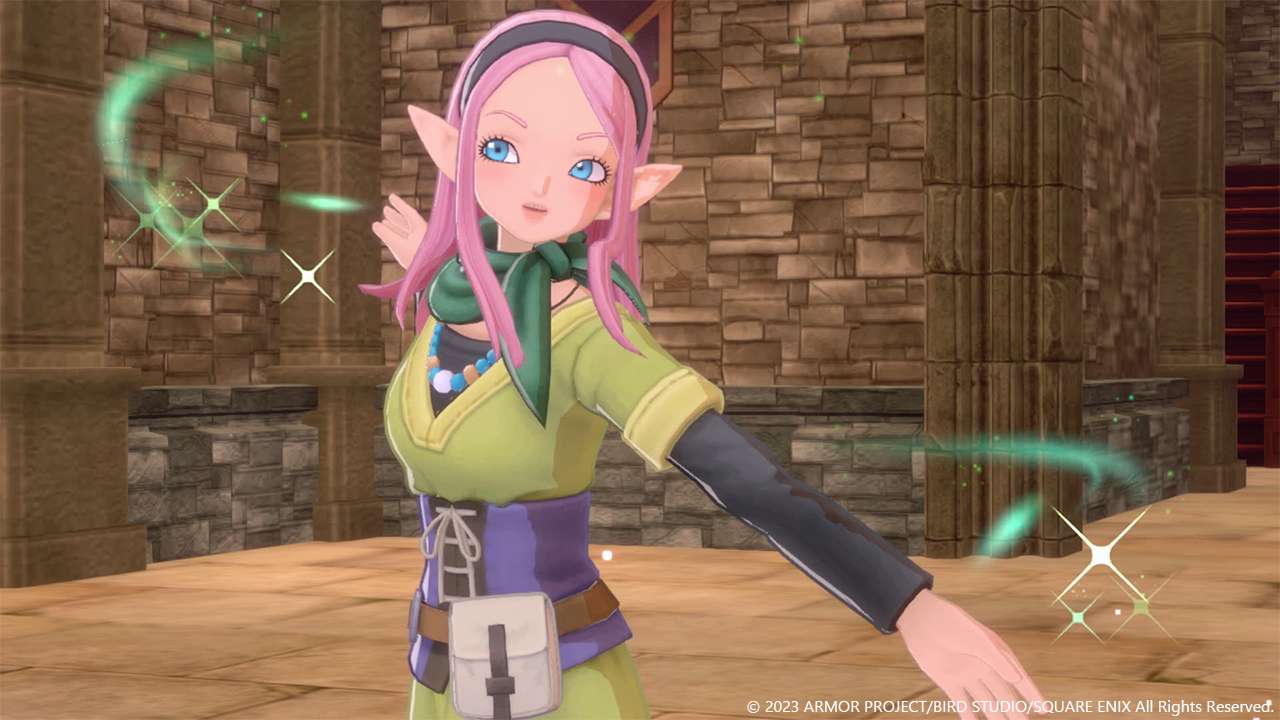
Horii: One fundamental aspect I’ve strived to preserve in Dragon Quest is the silent nature of the main character. The main reason for the protagonist’s silence is to empower the player as the character. Allowing the main character to speak might disconnect the player from the immersion. Throughout the Dragon Quest series, it has been a deliberate choice for the main character to remain wordless, facilitating the player’s identification as the driving force behind the adventure.
In Dragon Quest, the main character’s silence allows players to embody the role themselves and actively shape the narrative. This quality of immersing oneself as the main character and contributing to the unfolding story is at the core of what defines a Dragon Quest game.

Yokota: In the past, Dragon Quest Monsters boasted an array of diverse monster designs, from those resembling winter landscapes to others evoking flowers and various motifs. Until now, the concept of seasons hadn’t been integrated into the Dragon Quest universe. However, we recognized that introducing seasons could significantly enhance the game’s visual appeal by situating monsters in fitting environments. Thus, for the first time, we incorporated distinct seasonal changes for each area and populated them with creatures exclusive to each season and weather pattern.
This innovation adds depth to the world and fields by introducing unique monsters tailored to specific seasons, something unprecedented in previous Dragon Quest series. Monsters associated with winter, autumn, or those reflective of summer blossoms now appear in tandem with the game’s seasonal shifts. The developers identified this as a primary focus, aiming to cater to fans by introducing a system that introduces special monsters based on both seasons and weather changes. The resultant system promises an engaging experience for the fans.

Horii: Yes, in this game, Psaro is portrayed as a tragic protagonist. I intended to portray him as such within the main storyline. I believe that players will appreciate Psaro’s character in this game. He acts according to his own convictions and sense of justice. His actions are not malevolent; instead, they stem from his personal beliefs and principles. This was the narrative I aimed to convey.
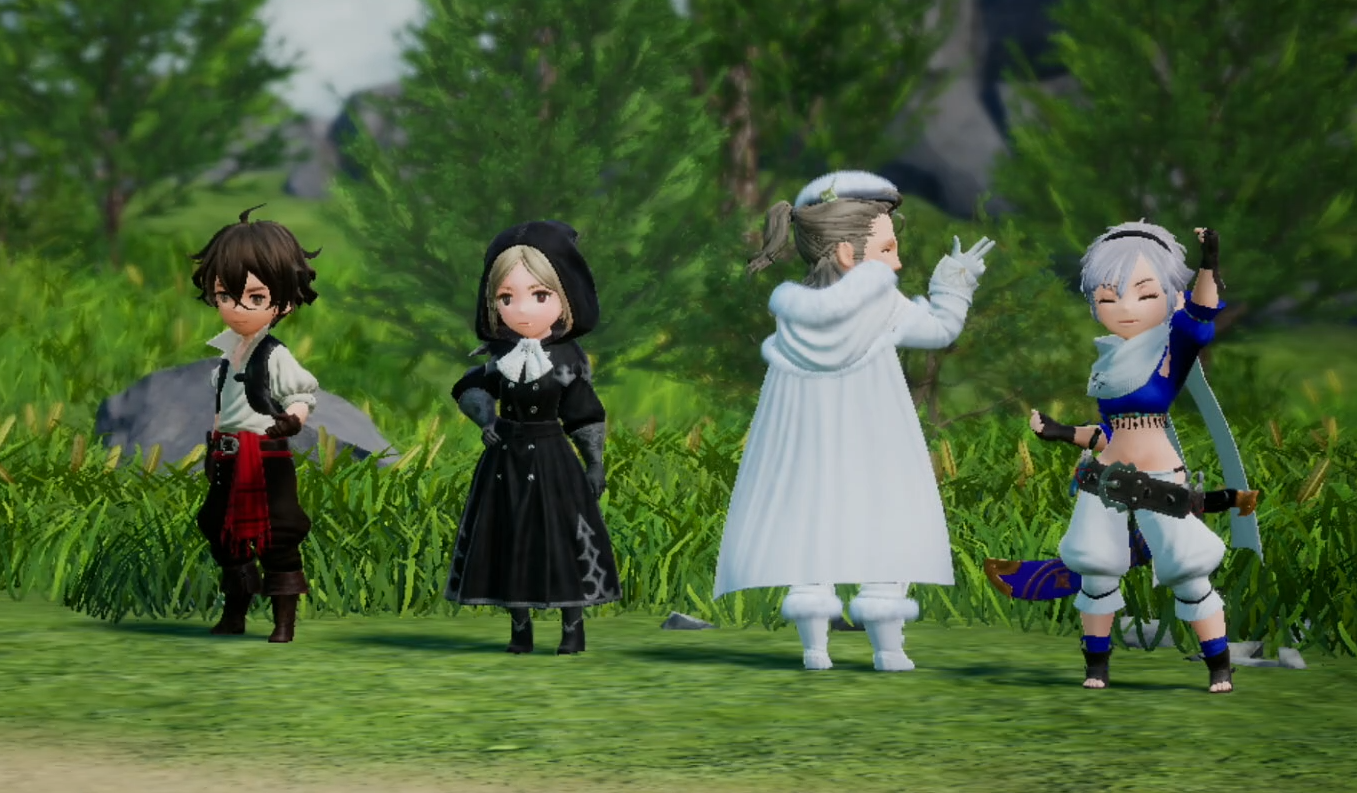
By Team KKP|March 3, 2021
This guide is still in development & will be updated periodically. The game is pretty recent and people are still figuring out OP combinations.�...
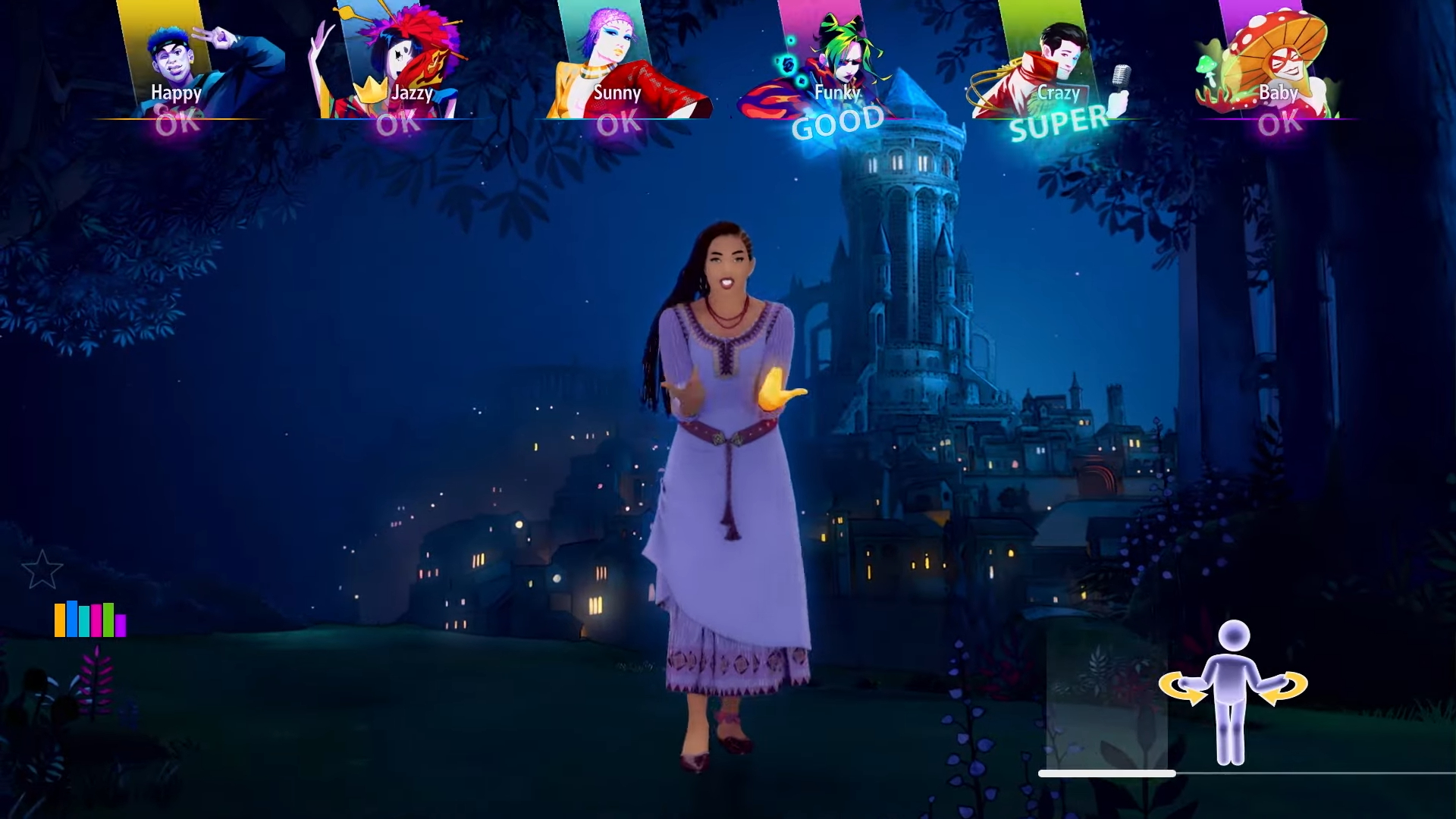
By Alleef Ashaari|November 24, 2023
Ubisoft has announced that the song “This Wish” performed by Academy Award winner Ariana DeBose from Disney’s epic animated musical comedy Wish ...
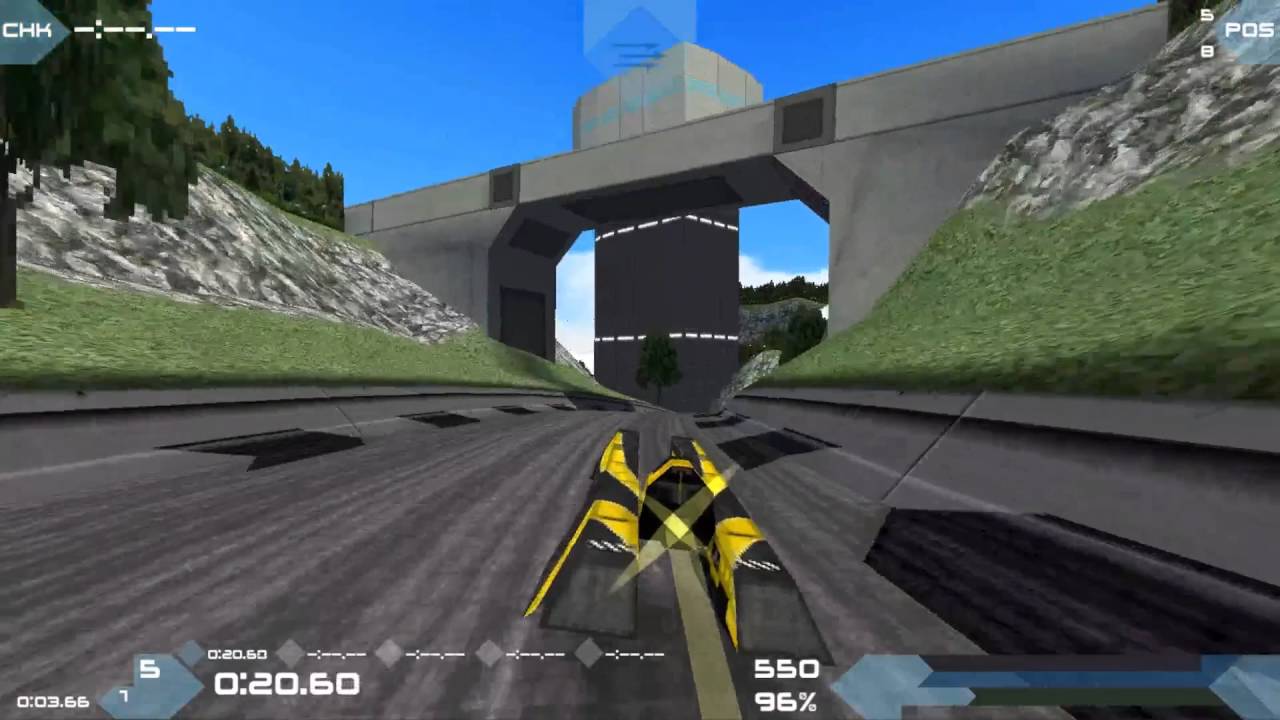
By Lewis "lickety" Larcombe|September 26, 2023
Well, there's some bad news for fans of the Wipeout-inspired racing game, BallisticNG. You know, the one that had Steam users singing its praises with...

By Mr Toffee|February 2, 2024

By Team KKP|July 1, 2023
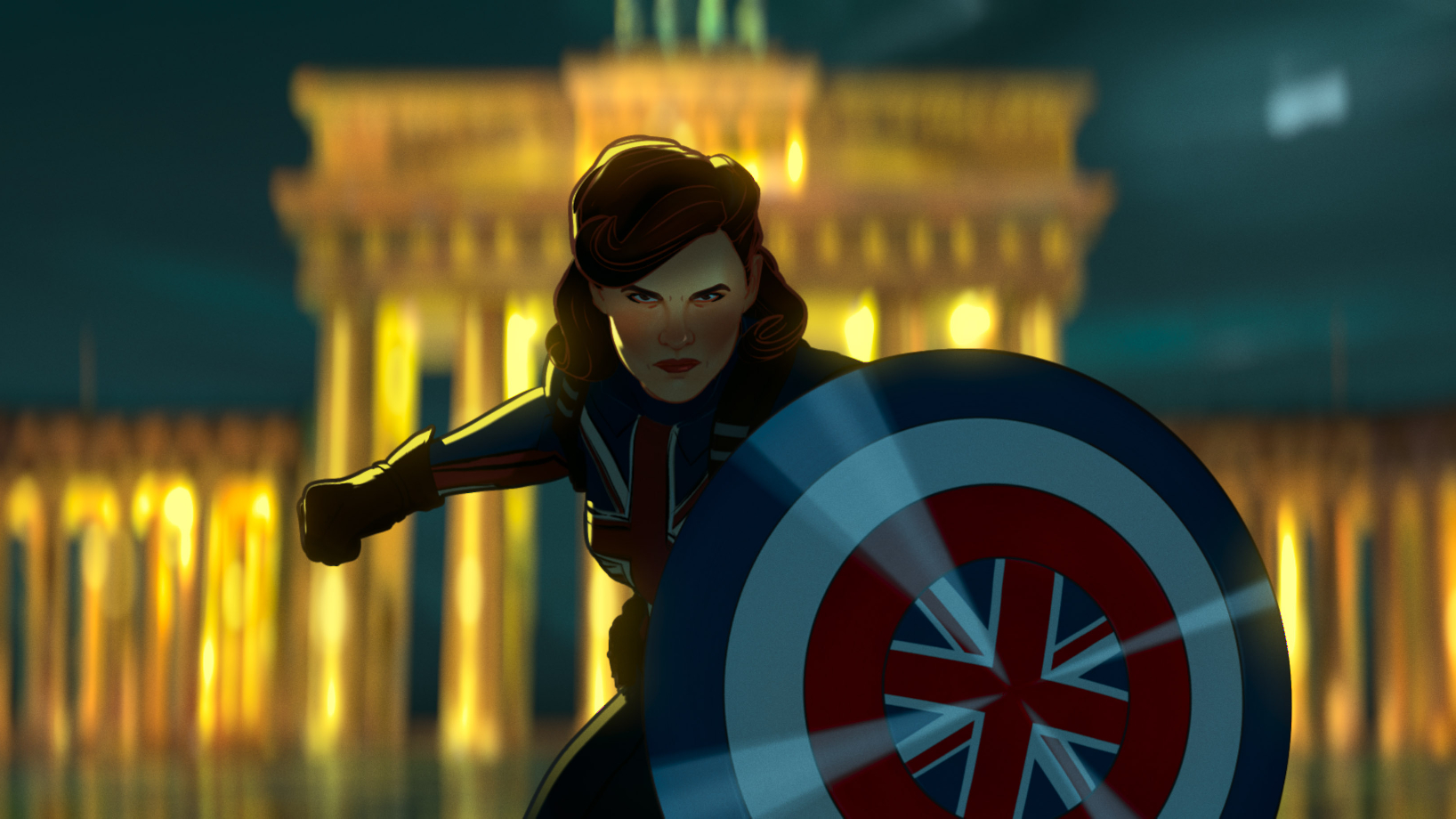
By Alleef Ashaari|August 2, 2021
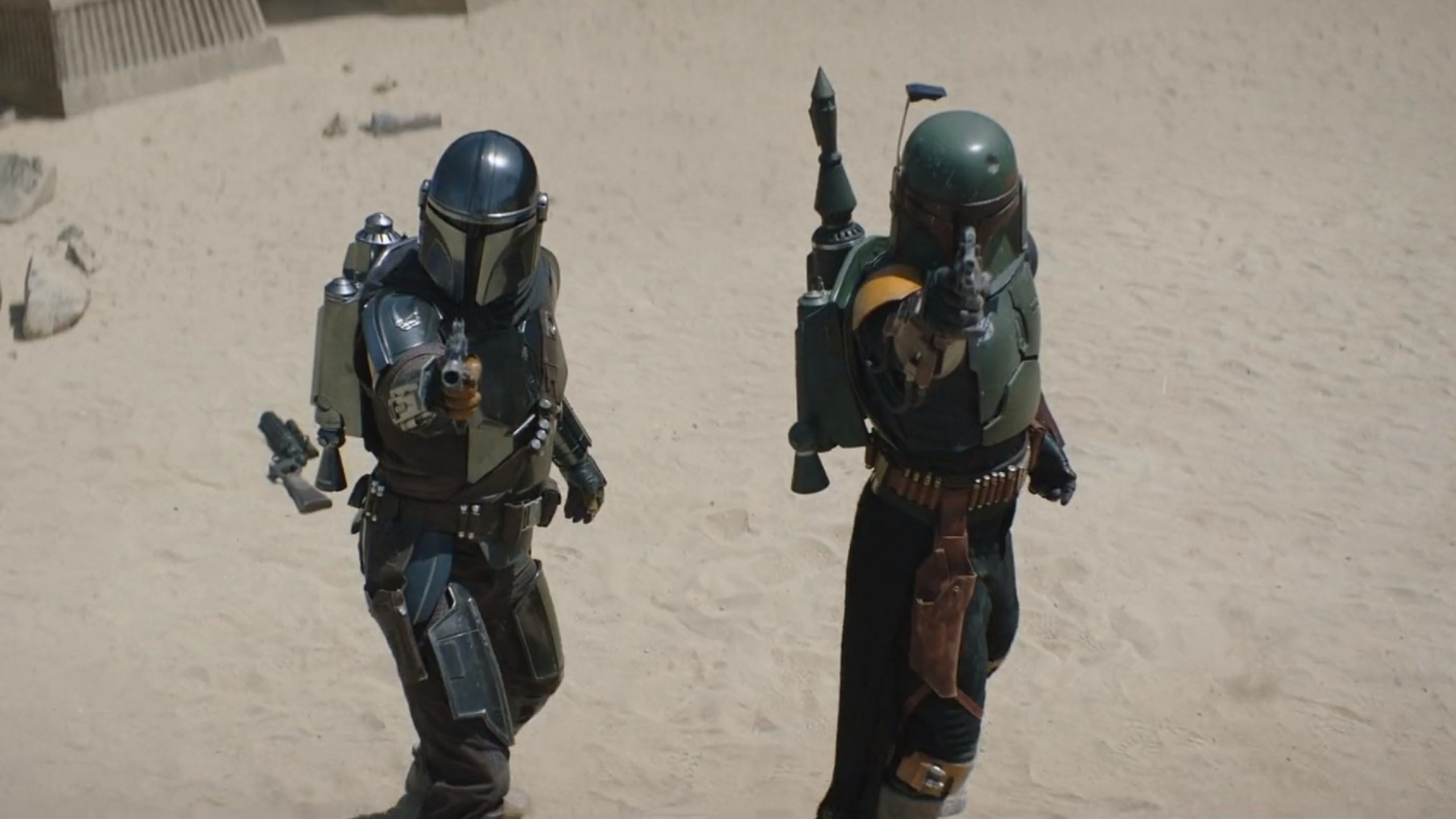
By Alleef Ashaari|February 9, 2022

By Mr Toffee|February 2, 2024

By Team KKP|July 1, 2023
Copyright @ Kakuchopurei 2024